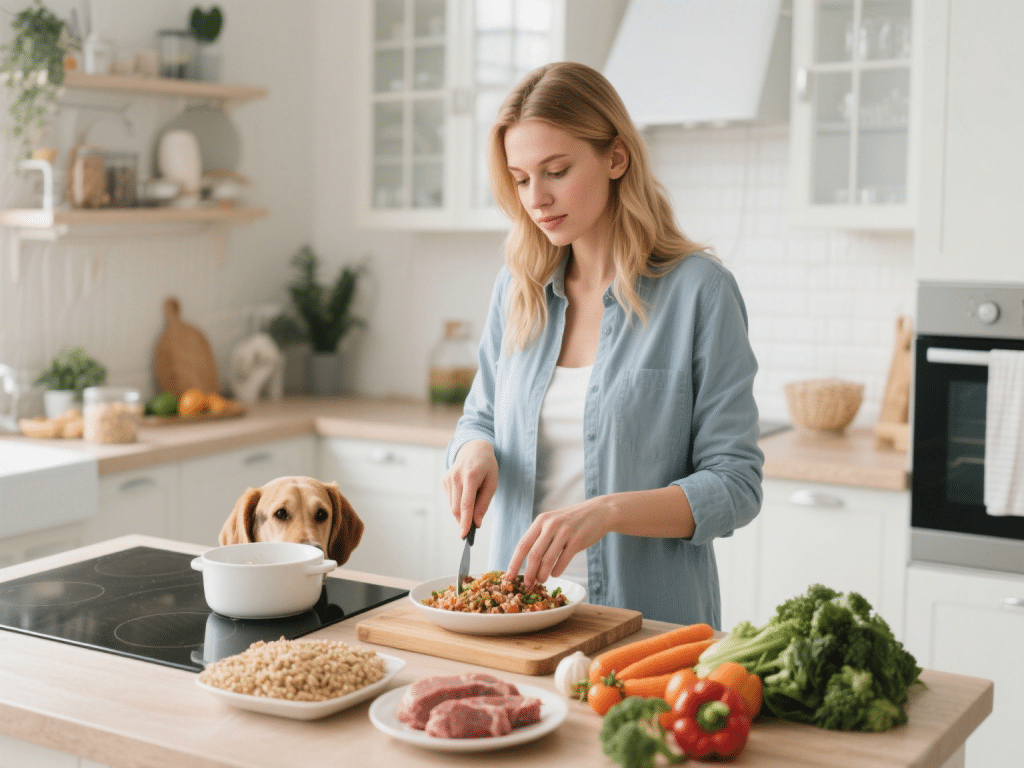
Building a Safe, Enriching Habitat for Pet Turtles
Pet turtles require both aquatic zones for swimming and dry basking areas for thermoregula...

In my 15 years as an avian behavior consultant, I’ve discovered that parakeets communicate a rich emotional vocabulary through subtle sound variations. Learning to “speak parakeet” empowers you to provide timely care, strengthen trust, and enrich your bird’s life. This guide deciphers the key vocal cues you’re likely to encounter.
Frequency: Rapid, low‑volume chirping in short bursts.
Meaning: Your parakeet is comfortable, often accompanying preening or gentle social interactions. Encourage by maintaining consistent routines and providing favorite perches near family activity.
Frequency: Musical, rolling trills that vary in pitch.
Meaning: Indicates playfulness or anticipation—common when offering favorite treats or new toys. Reinforce by playing gentle tunes or conducting brief training sessions.
Frequency: Sharp “tseet‑tseet” repeated 3–5 times.
Meaning: Parakeets use this to alert flock members (you included) of perceived danger—sudden movements, unfamiliar visitors, or predator shadows outside. Respond by calmly investigating the trigger; avoid sudden loud noises.
Frequency: High‑decibel, harsh sounds.
Meaning: Often signals distress, fear, or overstimulation. Could arise from cage changes, new pets, or confinement without flight time. Mitigate by offering hiding spots, lowering noise levels, and ensuring at least 1 hour of daily out‑of‑cage supervised flight.
Frequency: Soft, rhythmic tweeting, often directed at hands offering food.
Meaning: Hunger or desire for interaction. Instead of overfeeding, schedule small, frequent training treats—seed mixed with pellets—to avoid obesity.
Parakeets often mimic household sounds (phone rings, microwave beeps) before attempting human words. Encourage speech by clearly repeating short phrases in a calm tone during one‑on‑one sessions.
Rapid, loud grinding akin to teeth chattering.
Meaning: Pain or severe anxiety—often accompanied by fluffed feathers and crouching. Inspect for injuries, consult an avian vet if repeated, and remove apparent stressors immediately.
Use a smartphone to record unfamiliar calls. Note time of day, surroundings, and your bird’s body language. Over weeks, patterns will emerge—enabling proactive care adjustments.
Provide multiple perches at different heights so your bird can express territorial calls. Install a dedicated “training perch” with a bell to signal positive‑reinforcement sessions—your parakeet will soon chirp in anticipation.
Respond promptly and gently to your parakeet’s vocal cues. Over time, your bird will learn that its “words” matter—leading to increased trust, more frequent social calls, and a happier, healthier companion.

Pet turtles require both aquatic zones for swimming and dry basking areas for thermoregula...

As a certified veterinary technician and passionate dog owner, I’ve seen firsthand how a...

Raw feeding has surged in popularity due to its potential benefits: shinier coats, cleaner...

IntroductionTraveling with cats demands careful planning to minimize stress for both felin...

IntroductionGrain-free diets for dogs aim to reduce food sensitivities and support digesti...

IntroductionEssential oils offer aromatic benefits for humans—relaxation, improved mood,...
Comments on "Decoding Parakeet Vocalizations: A Guide to Understanding Your Bird’s Language" :